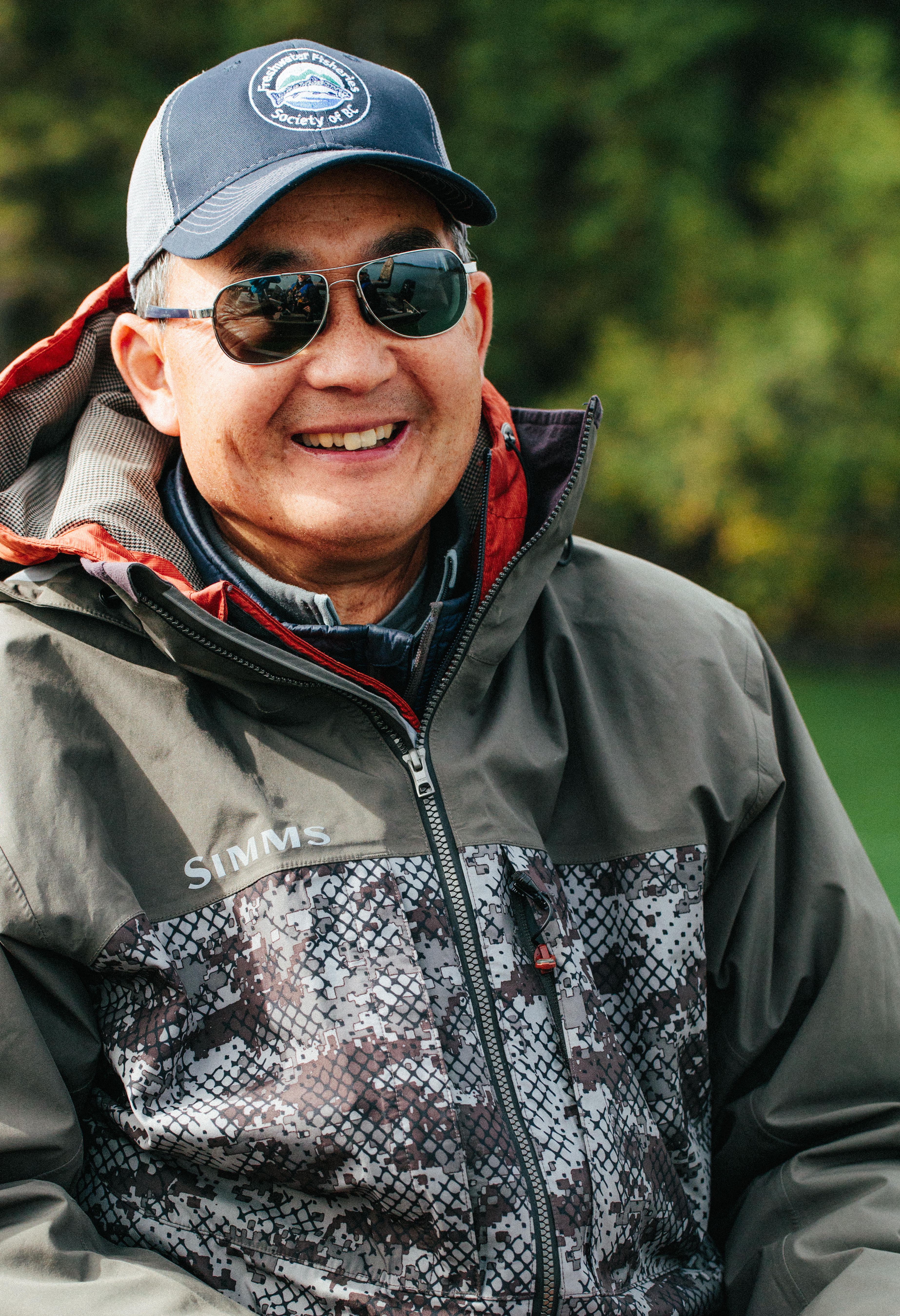
Pay attention to the shallowest areas of the shoals or littoral zones. Trout come into water just a few feet deep to chase down scuds, water boatman, juvenile damselfly nymphs and leeches. Prime shallow-water feeding areas will have some remnants of green plant growth on the bottom and might be near stands of cattails or longstem bulrush. This makes ideal habitat for the prime aquatic invertebrate food sources. Watch for fish moving in openings within stands of bulrush and cattails. In many of the most productive lakes the trout are found in shallow water for another reason: the way the oxygen is most concentrated. The lake water is still stratified at ice-off and for a number of days after. Oxygen levels in the deep water may not be sufficient to support fish life due to the considerable anaerobic decomposition of plant and other organic matter during the iced-over period. The shallow areas of the lake are mixed by wind action and oxygen levels increase. This fishing situation is known as pre-spring turnover. Consider the direction of the prevailing wind and try fishing the downwind shoal areas. A warm wind increases the surface temperatures in shallow water and can dislodge scuds and other invertebrates and concentrate them in those wind-swept areas.

